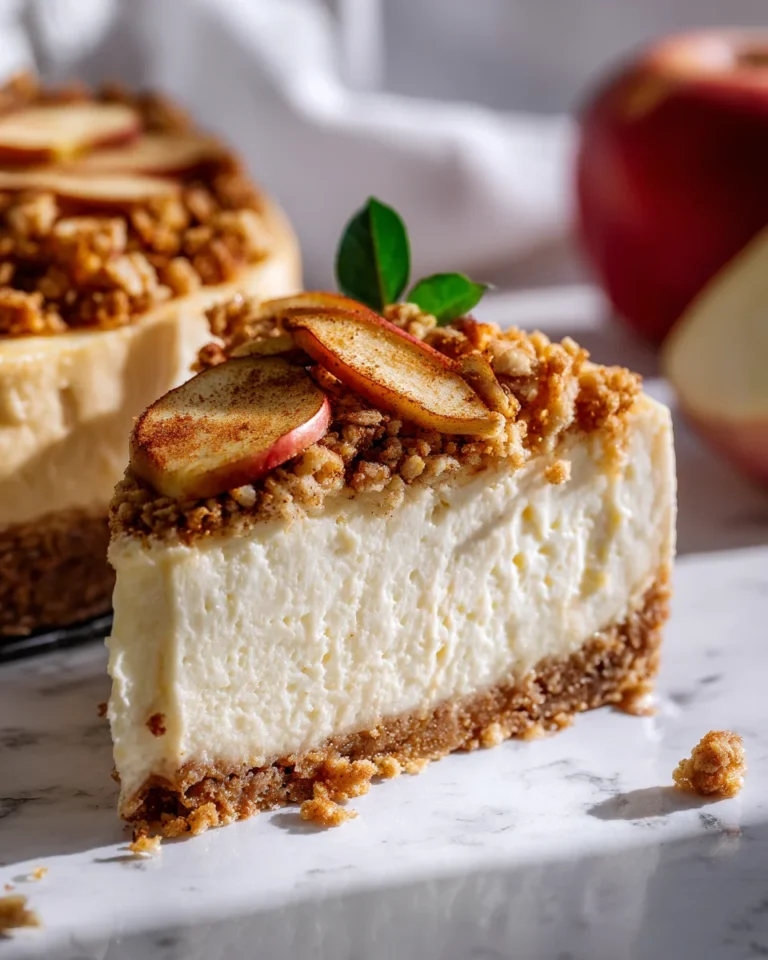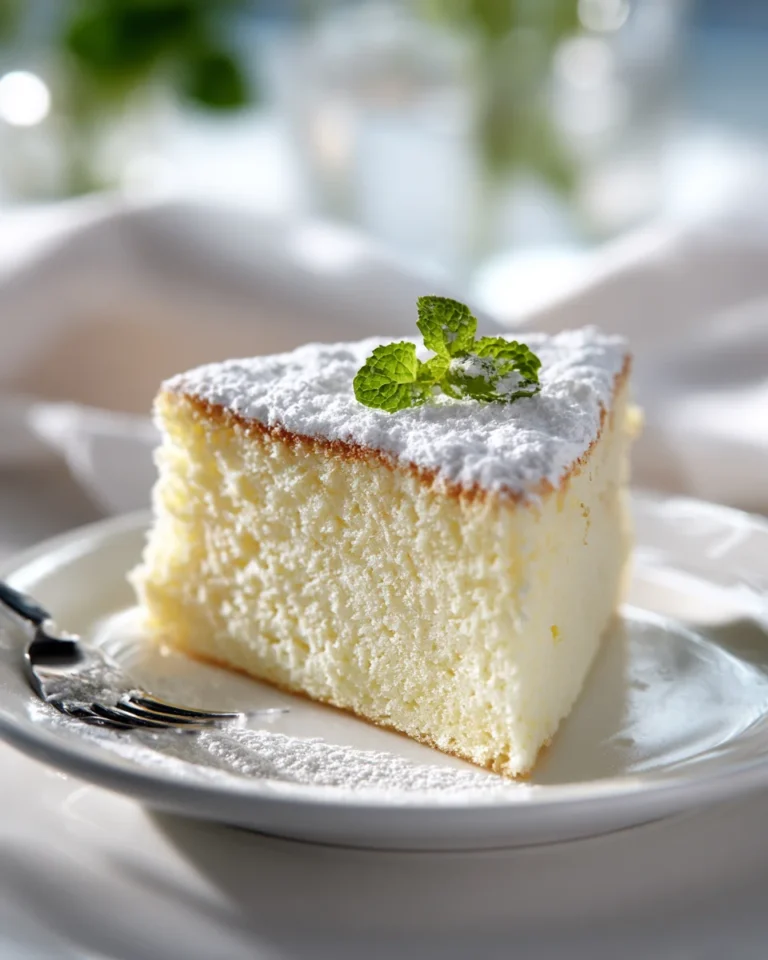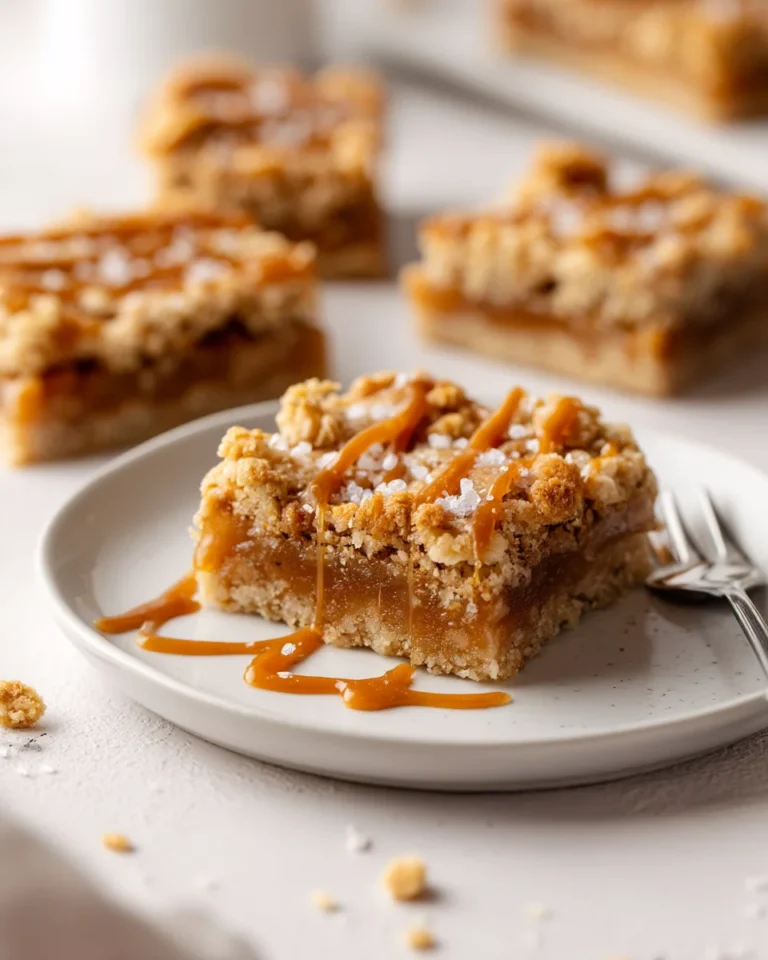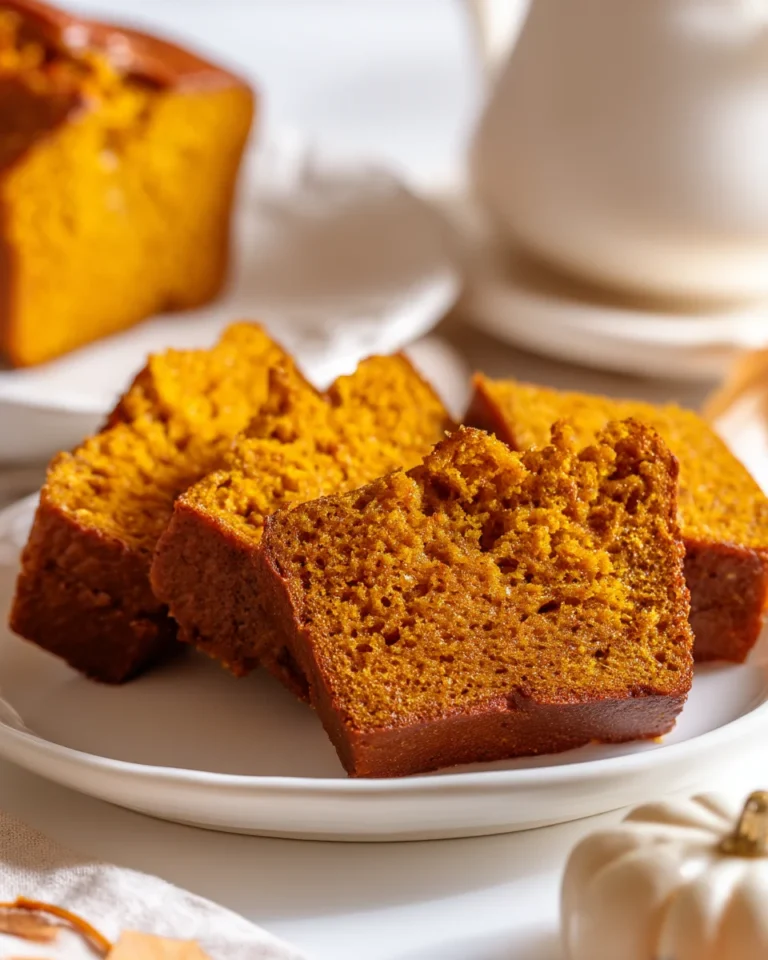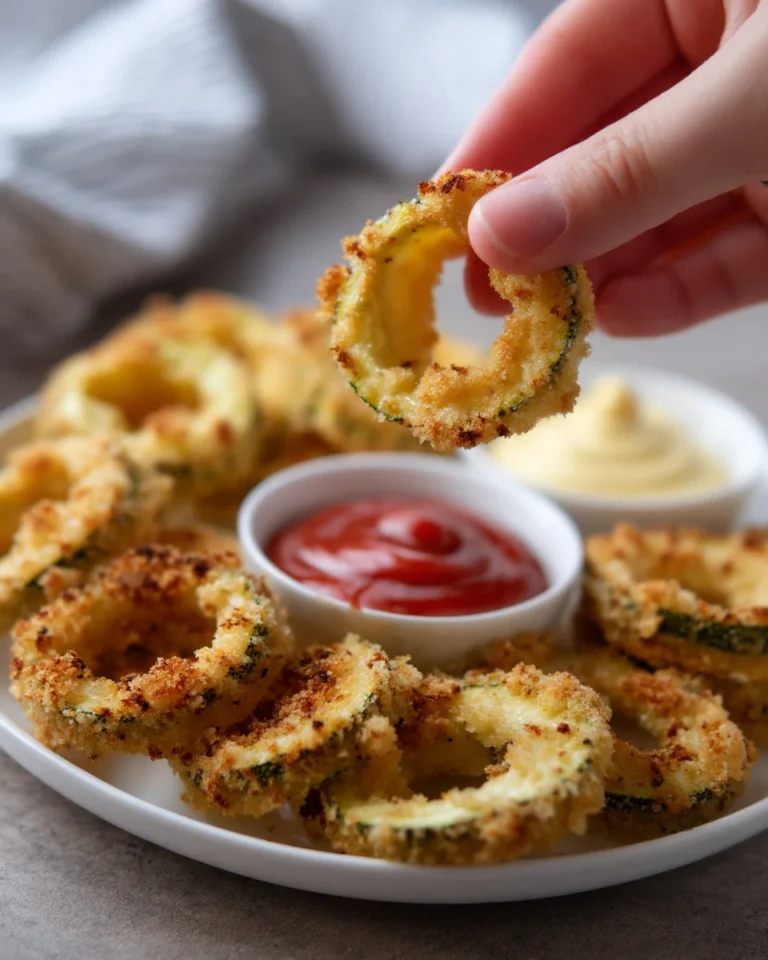Classic Tabbouleh Recipe
Tabbouleh is one of those dishes that instantly reminds me of sunshine, garden-fresh herbs, and warm, vibrant gatherings. This Classic Tabbouleh with Bulgur is exactly what I reach for when I want something refreshing, bright, and packed with wholesome flavor. With its roots in the Levant, this salad has earned its spot as a beloved dish around the world, and for good reason. It’s light, zesty, and incredibly satisfying thanks to the perfect balance of herbs, citrus, and tender bulgur.
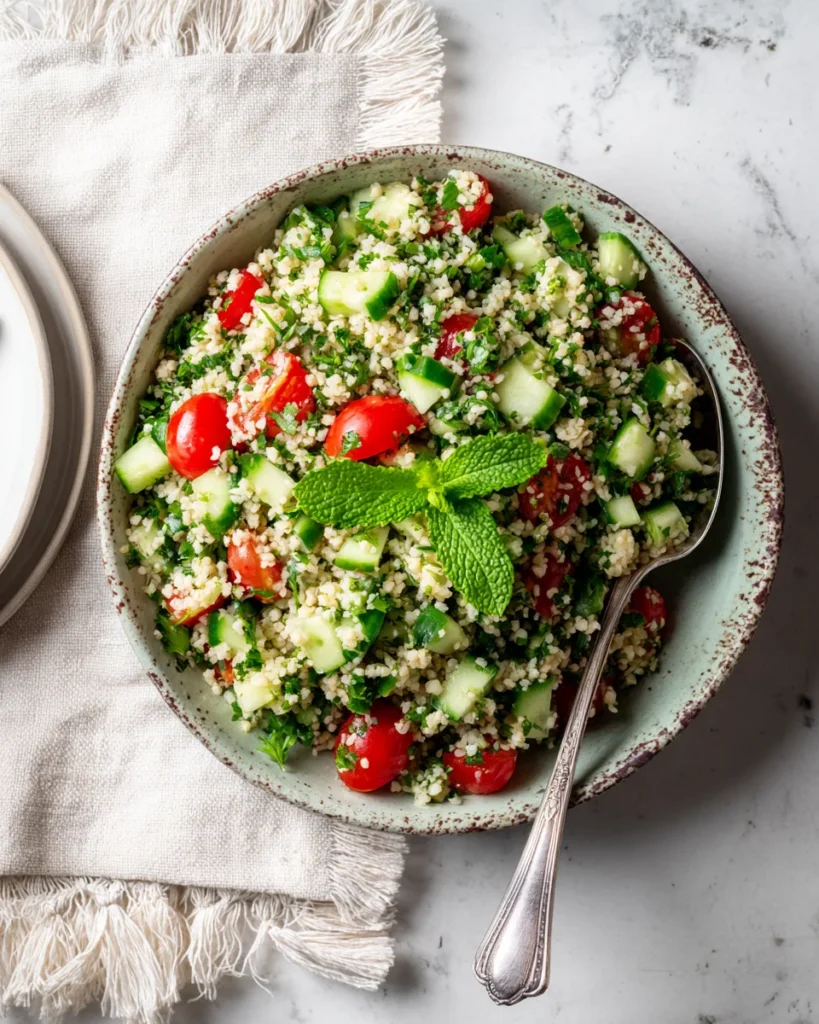
Why You’ll Love This Recipe
There’s something beautifully simple yet elegant about a bowl of tabbouleh. It’s one of my go-to recipes for picnics, potlucks, or any time I’m serving grilled meat or flatbreads. The parsley-forward flavor is cooling and aromatic, and it pairs wonderfully with smoky mains or creamy dips.
What I really love is how refreshing this salad is. The lemon juice gives it a bright tang, while fresh tomatoes and cucumbers add juicy crunch. It’s hearty enough to be a standalone lunch, yet light enough to serve as a side.
And it’s a great choice for anyone looking for plant-based, dairy-free, or naturally vegan options. Bulgur wheat gives it that satisfying bite without being heavy, and it soaks up all the zesty flavors beautifully.
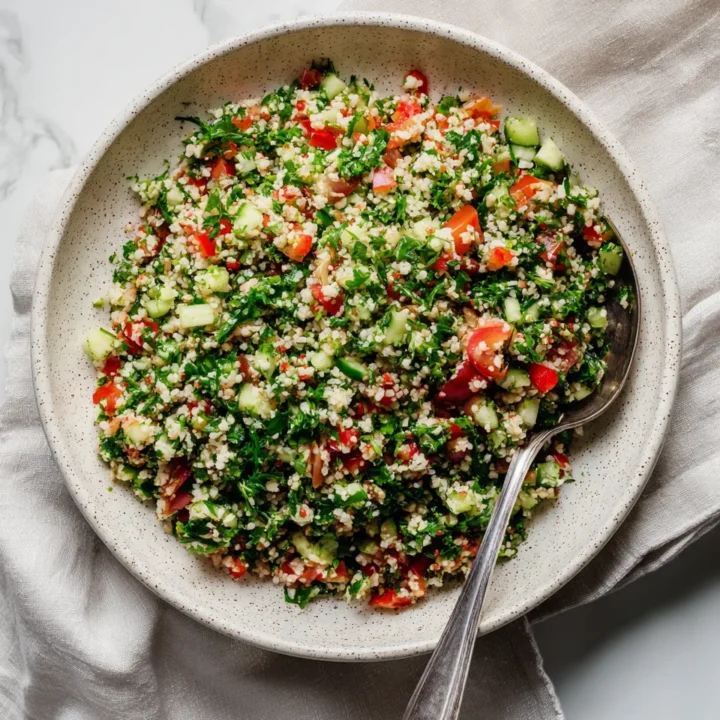
Classic Tabbouleh with Bulgur
This fresh and easy tabbouleh with bulgur is loaded with parsley, lemon, and crisp vegetables. A bright, plant-based salad perfect for mezze platters, snacks, or side dishes.
Ingredients
- 1/2 cup fine bulgur wheat
- 1 cup boiling water
- 2 bunches flat-leaf parsley, finely chopped
- 1/4 cup fresh mint, finely chopped (optional)
- 2 medium Roma tomatoes, finely diced
- 1 small cucumber, finely diced
- 2 green onions, thinly sliced
- 1/4 cup fresh lemon juice
- 3 tablespoons olive oil
- 1/2 teaspoon salt, or to taste
Instructions
- Soak the bulgur in boiling water for about 20 minutes, then drain and fluff with a fork.
- In a large bowl, combine parsley, mint, tomatoes, cucumber, and green onions.
- Add the soaked bulgur and toss everything together.
- Drizzle with lemon juice and olive oil, sprinkle with salt, and toss again.
- Let sit for 10 minutes before serving to allow flavors to blend.
Notes
Ingredients & Substitutions
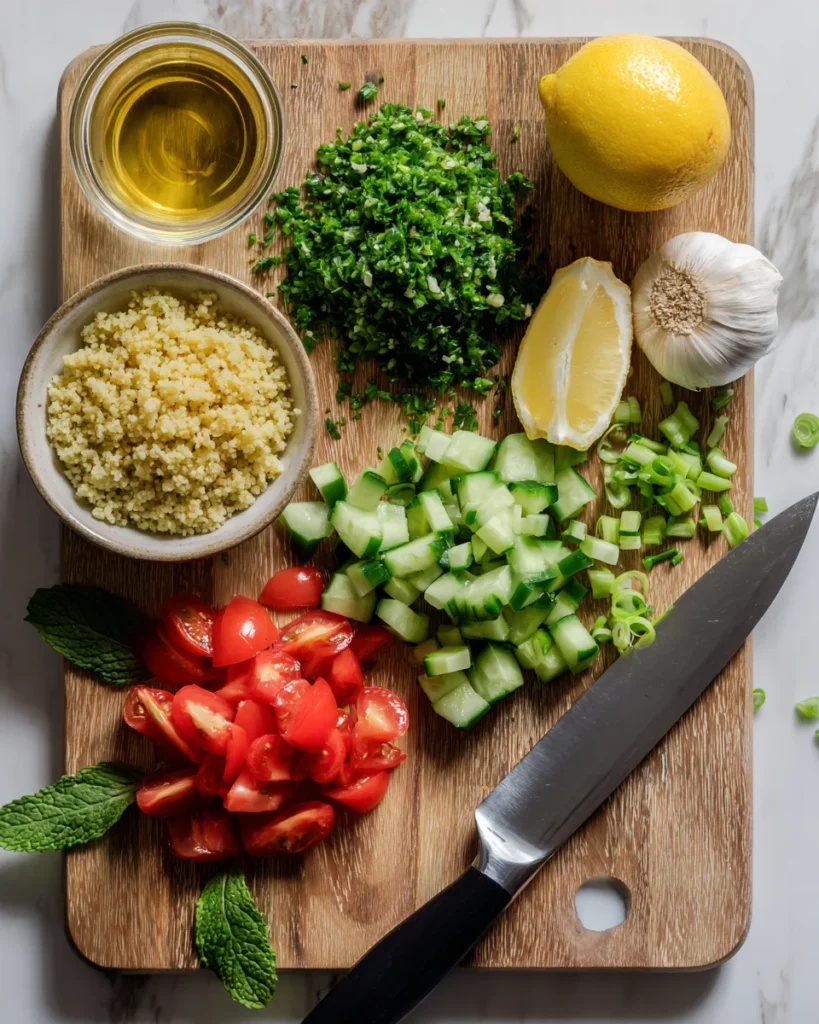
Directions
Prepping the Bulgur
I start by soaking the bulgur in hot water. I pour just enough to cover and let it sit for about 20 minutes until it softens and fluffs up. After that, I drain any excess liquid and fluff it with a fork. It should be tender but not mushy.
Chopping the Herbs and Veggies
While the bulgur soaks, I get to chopping. The parsley and mint should be as fine as you can get them without turning them into a paste. I take my time with this step because finely chopped herbs really do make the texture of the tabbouleh more pleasant.

Then I dice the tomatoes and cucumbers and slice the green onions. I usually remove the seeds from the tomatoes to prevent the salad from getting watery.
Mixing and Dressing
Once everything is prepped, I toss the bulgur with the herbs and vegetables in a large bowl. Then I drizzle in the olive oil and lemon juice, and season with salt. I give it a good toss and let it sit for about 10 minutes to let the flavors come together before serving.
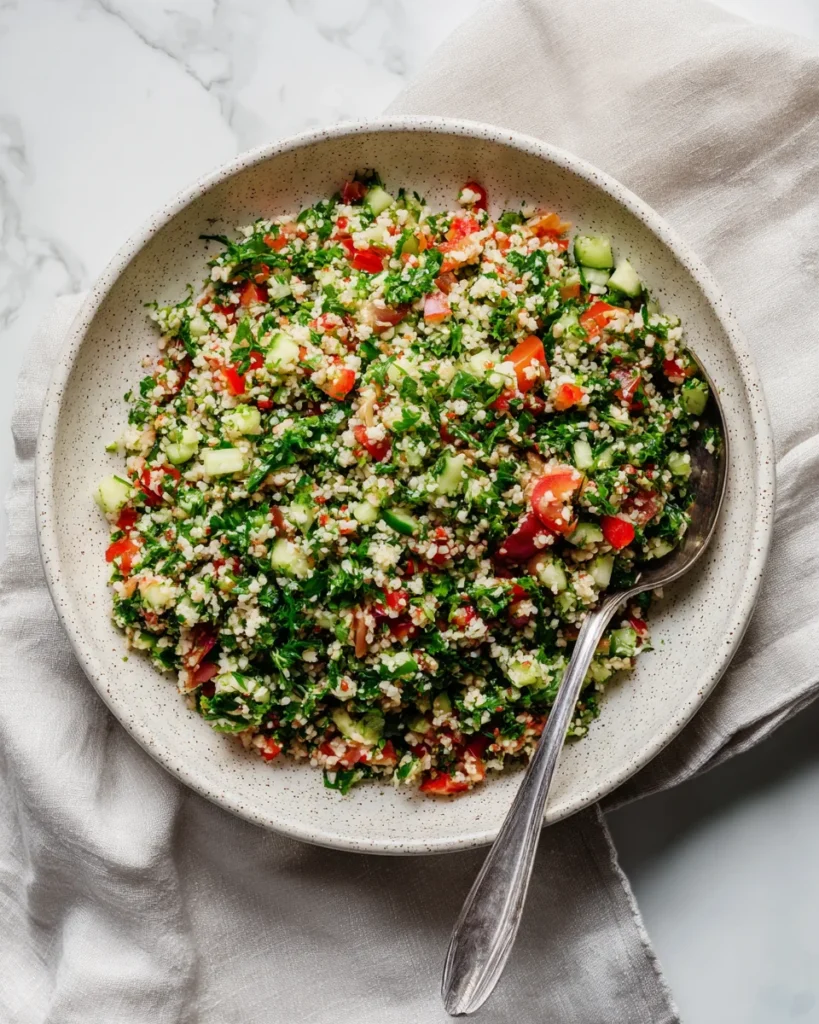
Mistakes to Avoid
Variations You’ll Love
How I Like to Enjoy Classic Tabbouleh
I love serving this salad alongside grilled chicken skewers or warm pita with hummus. It’s a beautiful part of a mezze spread, especially with dips like baba ghanoush or my garlic yogurt dip. Sometimes I even spoon it into lettuce leaves for a light, refreshing lunch.
Tips for Better Results
FAQs
Can you make tabbouleh with bulgur?
Yes, traditional tabbouleh is made with bulgur wheat. It adds texture and absorbs the lemony dressing beautifully.
What is the original tabbouleh?
Original tabbouleh comes from the Levant, especially Lebanon and Syria. It’s a parsley-based salad with bulgur, tomatoes, green onions, mint, olive oil, and lemon juice.
What ingredients are in tabouli?
Classic tabbouleh includes flat-leaf parsley, mint, tomatoes, cucumbers, green onions, bulgur wheat, lemon juice, olive oil, and salt.
Which bulgur is best for tabouli?
Fine bulgur is best because it softens quickly and blends well with the herbs. If you use medium or coarse bulgur, you’ll need to cook or soak it longer.

